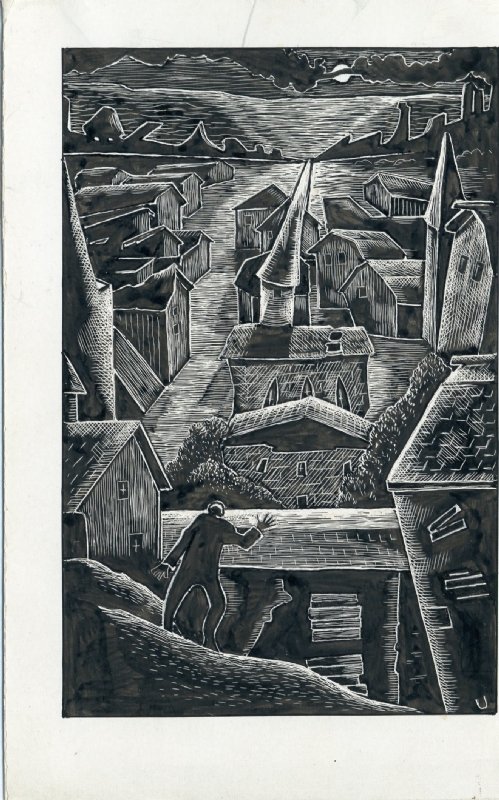

It included several arrests of members of the Esoteric Order of Dagon and at least one torpedo fired into Devil's Reef.Īfter the 1846 massacre, there were about 300-400 people living in Innsmouth, many of whom were Deep One hybrids. It was later reported in February 1928 as a Prohibition-related clash, though no captives ever showed up in the prison system. It became something of an industrial centre at one point, but by the 1920s, only the Marsh Refining Company gold mill is still in operation.Īfter Robert Olmstead escaped Innsmouth on July 16, 1927, and reported the going-ons to authorities, a large force of federal agents laid siege to the town throughout the winter of 1927-28, demolishing most of its seafront buildings. Half of the population were killed in what was covered up as a plague from China.Īfter the American Civil War, the last big ships stopped docking in the harbour. However, before they could be charged, the Deep Ones stormed the town, breaking them out and purging the resistant population. In 1846, Captain Marsh and 32 fellow cultists were arrested by Selectman Mowry.

As a result, there was a dip in trade for both the shipping families and local mills. It reached its peak as a naval hub after the War of 1812, when many of its privateering sailors were killed. Newburyport is an hour's bus ride down the coast.įounded in 1643, Innsmouth was noted for ship-building before the American Revolution, after which the civic centre shifted to the present Town Square. The Manuxet River runs through the centre of town, before turning southward to join the ocean at the end of the harbour's breakwater. 4.1 Broad, Washington, Lafayette, and Adams.


 0 kommentar(er)
0 kommentar(er)
